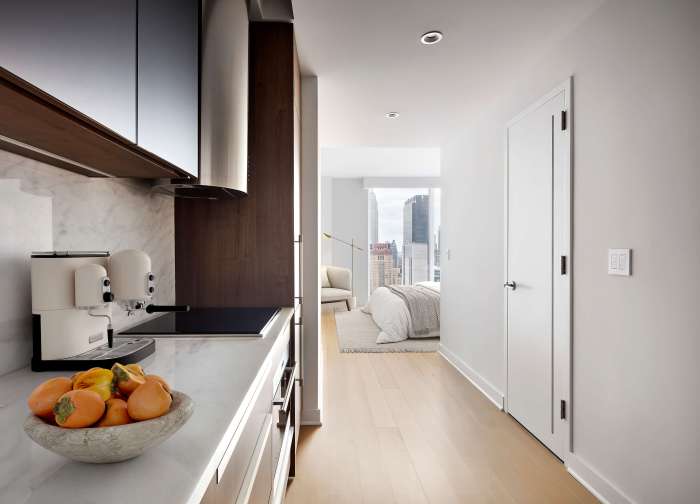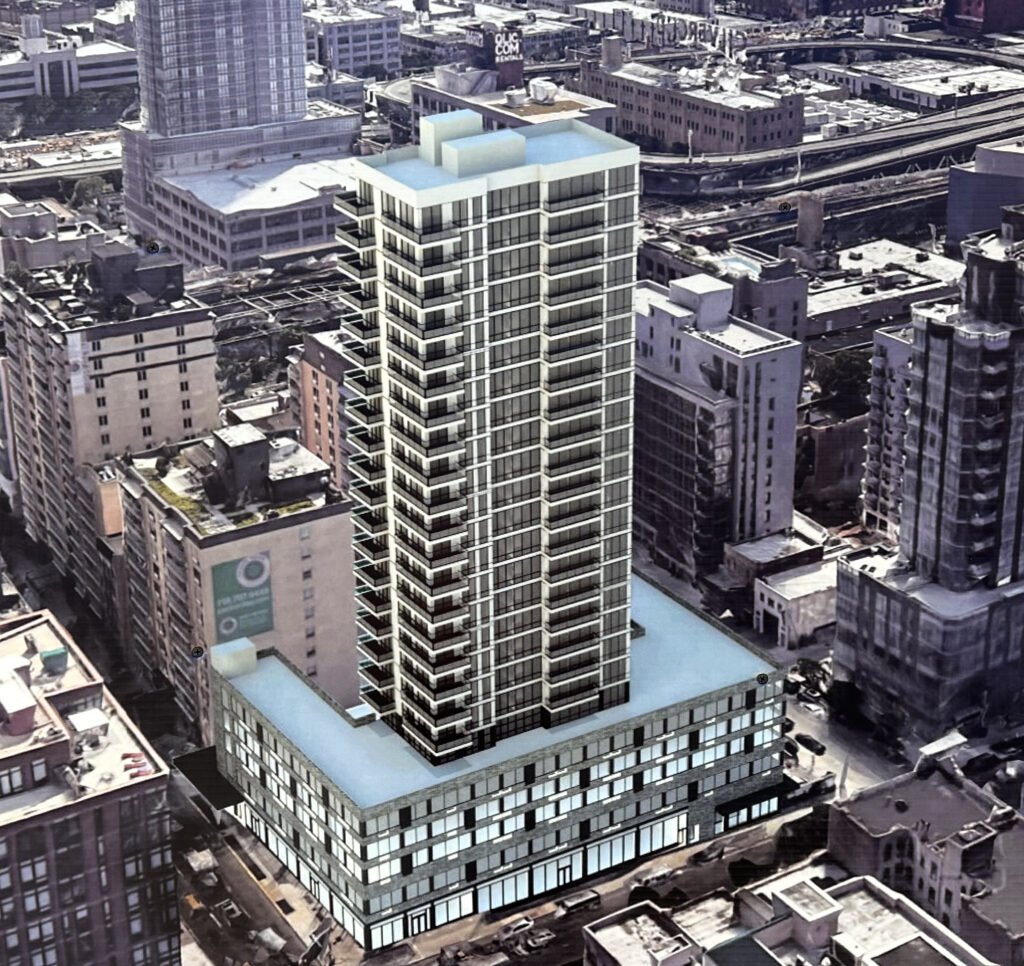
Walking the streets of SoHo a decade ago, one would have found dozens of independent fashion, design and artisanal stores.
The neighborhood offered one-of-a-kind boutiques and provided creative entrepreneurs with a playground for their talents.
The success had a cost, though: Rising rents and the increasing presence of large chain stores, trends that have forced many mom-and-pops out of SoHo, or out of business entirely.
Small business owners and community groups, like the newly formed SoHo Design District, or SDD, are teaming up to push the city to prevent the further corporate erosion of the environment.
“We are a community, we are a neighborhood of design and we’ve grown over the years,” said Dahlia Latif, SDD’s founder. “No one’s really standing up to these developers.”
Latif, who has worked for several SoHo design shops including the lighting decor store Artemide, said the last decade has been hard for independent chains, given the financial crisis and the higher rents that came with the real estate rebound.
To make matters worse, megastores such as Nike, Best Buy and Uniqlo have become institutions, attracting a large swath of customers that might have otherwise visited small businesses in the area, according to Bo Riccobono, the vice president of SoHo Alliance.
“These [building] owners see the stores as financial objects. They are investment vehicles,” said Riccobono, who is also the chair of Community Board 2’s SoHo Retail Task Force.
Historically, SoHo represented something more, he said. “These design stores lit the neighborhood in a way that showed the city, we’re the place to be for artists again,” he said, in the wake of the gritty ’70s and ’80s, when SoHo struggled along with a large portion of the city.
Although some of the beloved independent stores that have recently closed found new life in other neighborhoods, like Raul Carrassco furnishings and The New Traditionalists, both of which moved to Murray Hill, others such as Fragments on Prince Street closed for good.
The persistent presence of empty storefronts in areas such as Greene Street impacts the entire neighborhood by stifling the creative atmosphere it’s known for, according to Latif.
“We have been this go-to place for product and education,” she said. “[The shops] are a resource and a place for selling an innovative design.”
Some window-shoppers and longtime residents have noticed a significant change in the character of SoHo.
Stefan Arendale, 53, who has lived in the neighborhood since the ’70s, said chain stores unsuccessfully try to mimic an authentic neighborhood feel.
“Bigger stores capitalized on that ‘edgy’ feeling even though they’re based in midtown, and in Europe. It’s sad,” he said.
Although current zoning prohibits commercial spaces from occupying more than 10,000 square feet, the city has approved special permits for the larger chains. City Councilwoman Margaret Chin, who represents SoHo, said limiting the size of retail stores is one way to preserve the nabe’s character.
“I am committed to keeping the neighborhood’s unique identity alive for current and future generations of artists, designers and entrepreneurs,” she said in a statement.
B. Jeff Madoff, a former fashion designer who teaches part-time at Parson’s School of Design, said the shift toward bigger retailers in SoHo is part of the “Darwinian cycle of business.”
Still, customers tend to prefer a one-of-a-kind local product, he said.
“It’s a great time to be an independent because the pendulum will swing. It always does,” he said. “The people with the right ideas always find ways to get their product in the right eyes.”

















